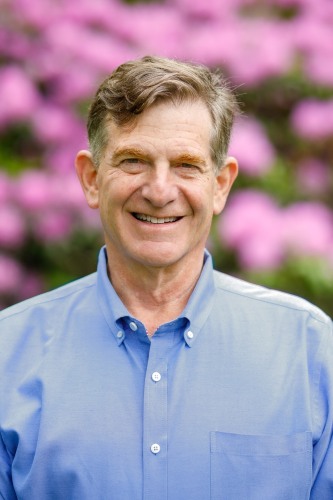WGCU is your trusted source for news and information in Southwest Florida. We are a nonprofit public service, and your support is more critical than ever. Keep public media strong and donate now. Thank you.

Scott Rivkees, M.D.
Biography
Dr. Rivkees is a pediatric endocrinologist and physician-scientist who served as Florida’s State Surgeon General and Secretary of Health from June 2019 to September 2021, on the front lines of the state’s response through some of the most difficult days and months of the COVID-19 pandemic. As State Surgeon General, Dr. Rivkees also served as State Health Officer for the Florida Department of Health. Dr. Rivkees’ experience and leadership protecting lives and improving public health during emergencies, brings to the Pandemic Center a unique understanding of front-line decision-making to drive effective policy and practice, in the face of public and political obstacles. His background and skills are an asset to understanding pandemic preparedness and response.
Recent News
WGCU is your trusted source for news and information in Southwest Florida. We are a nonprofit public service, and your support is more critical than ever. Keep public media strong and donate now. Thank you.
Former FL surgeon general: Eliminating vaccine mandates for kids is alarming and will cause future outbreaks
“Schools should be places where children should be able to go to without having to worry about getting vaccine preventable diseases,” he told TV20.
He was the state’s former surgeon general during Gov. Ron DeSantis’ first term and helped lead the state during the start of COVID-19.
Rivkees is now a professor at Brown University, but is sounding off on the state’s plan to eliminate vaccines mandates for children. It’s a decision made earlier this month by Dr. Joseph Ladapo, the man who replaced Rivkees who left his post in 2021.
Vaccine requirements for polio, diphtheria, measles, whooping cough, mumps and tetanus, it said, “remain in place, unless updated through legislation”, and “all vaccines will remain available to families throughout Florida”.
Scott Rivkees, an infectious diseases expert at Brown University and former Florida surgeon general under DeSantis, told the Guardian it appeared Ladapo was in retreat.
I ran the Florida Department of Health. Dr. Ladapo is endangering our children
‘This is a sad day’: Ladapo’s predecessor against vaccine mandate elimination
One person against this new push is Dr. Scott Rivkees, who was state Surgeon General from 2019 to 2021 with the DeSantis Administration.
“From a public health, medical, and view as a parent, this is a sad day for Florida,” Rivkees said.
The former state health official is now a professor at Brown University in Rhode Island. Rivkees questions the purpose of the state’s push for vaccine mandate elimination.
---
US medical groups fill gap with own vaccine guides amid ‘information crisis’
But Robert F Kennedy Jr, the HHS secretary, has not adopted two other votes from the advisory meeting: recommending annual flu vaccines for everyone over the age of six months and RSV shots for infants.
---